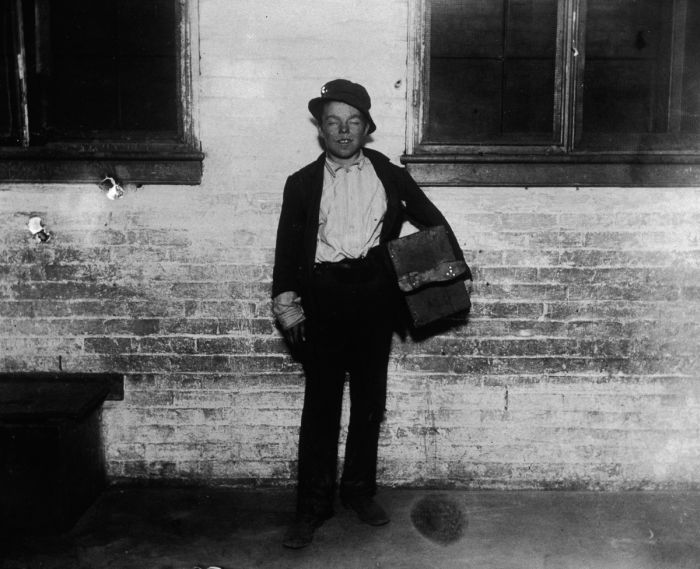|
|
History: Life In The New York City, 19th Century, United States
|
New York City is exceptionally diverse. Throughout its history the city has been a major point of entry for immigrants; more than 12 million European immigrants passed through Ellis Island between 1892 and 1924. By 1900, New York City had more Italians than any city in Italy except Rome, more Poles than any city in Poland except Warsaw, as many Irish as Dublin, and more Jews than any other city in the world. The term "melting pot" was first coined to describe densely populated immigrant neighborhoods on the Lower East Side.
Approximately 36% of the city's population is foreign-born. Among American cities, this proportion is higher only in Los Angeles and Miami. While the immigrant communities in those cities are dominated by a few nationalities, in New York no single country or region of origin dominates. The ten largest countries of origin for modern day immigration are the Dominican Republic, China, Jamaica, Guyana, Mexico, Ecuador, Haiti, Trinidad and Tobago, Colombia and Russia. The largest ethnic groups in New York City are African American, Italian, Jewish, and Irish. The New York region continues to be the leading metropolitan gateway for legal immigrants admitted into the United States.
The New York City metropolitan area is home to the largest Jewish community outside Israel, and the city proper contains the largest Jewish community in the world. It is also home to nearly a quarter of the nation's South Asians, the largest African American community of any city in the country, and comprised as of 2008 a population of 659,596 ethnic Chinese, the largest outside of Asia. There is also a substantial Puerto Rican and Dominican population. Another historically significant ethnic group are Italians, who emigrated to the city in large numbers in the early twentieth century, mainly from Sicily and Southern Italy. The Irish also have a notable presence; one in 50 New Yorkers of European origin carry a distinctive genetic signature on their Y chromosomes inherited from the clan of Niall of the Nine Hostages, an Irish high king of the fifth century A.D. or from one of the related clans of Uí Briúin and Uí Fiachrach.
New York City has a high degree of income disparity. In 2005 the median household income in the wealthiest census tract was $188,697, while in the poorest it was $9,320. The disparity is driven by wage growth in high income brackets, while wages have stagnated for middle and lower income brackets. In 2006 the average weekly wage in Manhattan was $1,453, the highest and fastest growing among the largest counties in the United States. The borough is also experiencing a baby boom that is unique among American cities. Since 2000, the number of children under age 5 living in Manhattan grew by more than 32%.
|
|









